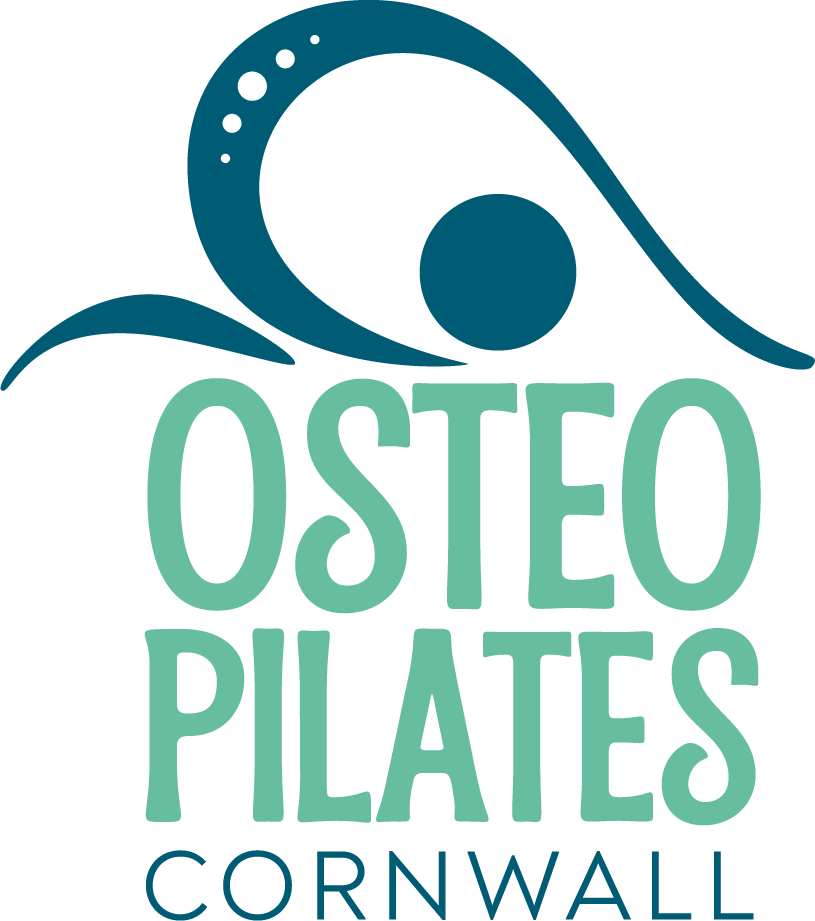what is proprioception? why do we train it?
Proprioception is described as the ability to sense the position, movement, and load of your body. It is what allows you to walk in the dark, type without watching your hands, or adjust your balance when stepping onto an uneven surface.
For me, an Osteopath, Clinical Pilates Teacher, and Personal Trainer, proprioception is a key focus because it underpins almost every movement we make.
The Science Behind Proprioception
Proprioception relies on sensory receptors called proprioceptors, found in muscles, tendons, and joints. These receptors send constant feedback to the brain about limb position, joint angles, and movement speed. The brain then integrates this information with signals from the visual and vestibular (balance) systems to guide movement and maintain stability (Proske & Gandevia, 2012).
When proprioception is functioning well, movement feels smooth, coordinated, and balanced. When it is impaired – for example after injury, surgery, or prolonged inactivity – movement can feel clumsy, unstable, or unpredictable.
Why Proprioception Matters for Daily Life
This sensory–motor feedback system plays a vital role in everyday activities:
Adjusting your step to avoid tripping on a kerb
Holding a cup steady while walking
Navigating a darkened room without stumbling
Reacting quickly to regain balance after slipping
Reduced proprioception can contribute to poor balance, inefficient movement patterns, and an increased risk of falls or re-injury (Han et al., 2015).
Injury, Pain, and Proprioceptive Decline
Injury to muscles, ligaments, or joints can disrupt proprioceptive signalling. For example, an ankle sprain can reduce the sensitivity of proprioceptors in the joint, making further sprains more likely if retraining is not carried out (Hertel, 2008). Pain itself can also interfere with proprioceptive accuracy, altering how the body moves and loads structures.
Training Proprioception for Health and Performance
Proprioception can be improved through targeted exercises. These often include:
Balance training – standing on one leg, using unstable surfaces
Movement precision work – slow, controlled movements
Functional drills – replicating movements used in daily life or sport
Studies show that proprioceptive training can improve balance, reduce injury risk, and enhance motor control, making it valuable for rehabilitation and performance enhancement (Akhbari et al., 2007; Han et al., 2015).
A Foundation for Confident Movement
Whether you are recovering from an injury, aiming to prevent one, or simply wanting to move more efficiently, proprioception is fundamental. By training this often-overlooked sense, we create a body that is not only stronger but also more aware, adaptable, and resilient in the real world.
References
Akhbari B, et al. (2007). Effect of proprioceptive training on postural control in elderly women. Journal of Aging and Physical Activity, 15(2), 228–239.
Han J, et al. (2015). Proprioception and balance training can improve proprioception and balance in young adults. Journal of Strength and Conditioning Research, 29(8), 2265–2270.
Hertel J. (2008). Sensorimotor deficits with ankle sprains and chronic ankle instability. Clinics in Sports Medicine, 27(3), 353–370.
Proske U, Gandevia SC. (2012). The proprioceptive senses: Their roles in signalling body shape, body position and movement, and muscle force. Physiological Reviews, 92(4), 1651–1697.
